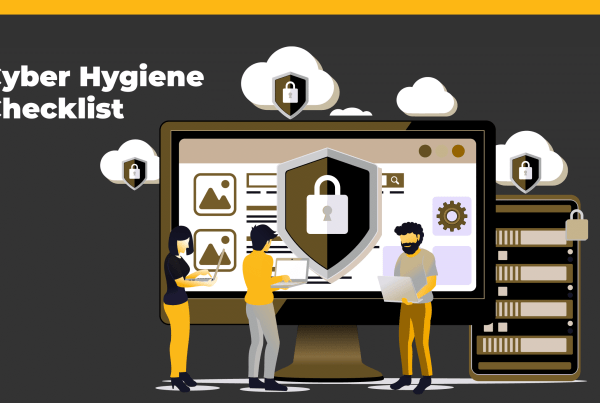Understanding the Distinction: Security Administrator vs Security Engineer
In the ever-evolving landscape of cybersecurity, two critical roles stand out: Security Administrator and Security Engineer. While both roles contribute to fortifying digital defenses, they encompass distinct responsibilities and skill sets. Understanding the differences between these roles is crucial for businesses seeking to bolster their security posture effectively.

Security Administrator: The Guardian of Systems
Imagine the Security Administrator as the guardian of digital fortresses. This role is primarily focused on the day-to-day management and operation of security systems and protocols within an organization. Security Administrators are tasked with implementing, configuring, and maintaining security solutions such as firewalls, intrusion detection systems (IDS), and antivirus software. They ensure that these systems are up-to-date, properly configured, and effectively safeguarding the organization’s assets from cyber threats.
Key Responsibilities of a Security Administrator:
- System Configuration: Security Administrators configure security settings on various systems and applications to enforce access controls, authentication mechanisms, and encryption protocols.
- Monitoring and Incident Response: They monitor network traffic and security logs to detect and respond to security incidents promptly. This includes investigating security breaches, analyzing vulnerabilities, and implementing corrective measures.
- User Management: Security Administrators manage user accounts, permissions, and access rights to ensure that only authorized personnel can access sensitive data and resources.
- Compliance and Auditing: They play a crucial role in ensuring compliance with industry regulations and internal security policies through regular audits, assessments, and documentation.
Security Engineer: Architects of Secure Systems
In contrast, the Security Engineer operates at a higher level, focusing on the design, implementation, and optimization of security infrastructure and solutions. These professionals are the architects behind secure systems, responsible for identifying security vulnerabilities, designing countermeasures, and integrating advanced security technologies into the organization’s infrastructure.
Key Responsibilities of a Security Engineer:
- Security Architecture Design: Security Engineers design and develop security architectures that align with the organization’s goals, considering factors such as scalability, resilience, and regulatory compliance.
- Risk Assessment and Mitigation: They conduct comprehensive risk assessments to identify potential threats and vulnerabilities, develop risk mitigation strategies, and recommend security controls to minimize risk exposure.
- Security Tool Evaluation: Security Engineers evaluate and select security tools, technologies, and frameworks to address specific security requirements, such as network security, endpoint protection, and threat intelligence.
- Incident Investigation and Forensics: In the event of a security incident, Security Engineers lead forensic investigations to determine the root cause, assess the impact, and implement preventive measures to prevent future occurrences.
How CD Cloud Logix Can Help:
At CD Cloud Logix, we understand the critical importance of both Security Administrators and Security Engineers in safeguarding your digital assets. Our team of cybersecurity experts is dedicated to providing comprehensive solutions tailored to your organization’s needs. Whether you require day-to-day security management, strategic security planning, or incident response capabilities, we have the expertise and resources to fortify your cyber defenses effectively.

From implementing robust security protocols to conducting thorough risk assessments, our services are designed to mitigate threats, enhance resilience, and ensure regulatory compliance. Partner with CD Cloud Logix to navigate the complex landscape of cybersecurity with confidence and resilience.
Final Takeaway
In summary, while Security Administrators focus on operational security tasks and day-to-day management of security systems, Security Engineers take a more strategic approach, designing and implementing robust security architectures. Both roles are essential components of a comprehensive cybersecurity strategy, working together to protect organizations from evolving cyber threats. By understanding the unique responsibilities of each role, businesses can effectively leverage their expertise to enhance their security posture and mitigate risk in an increasingly digital world.





